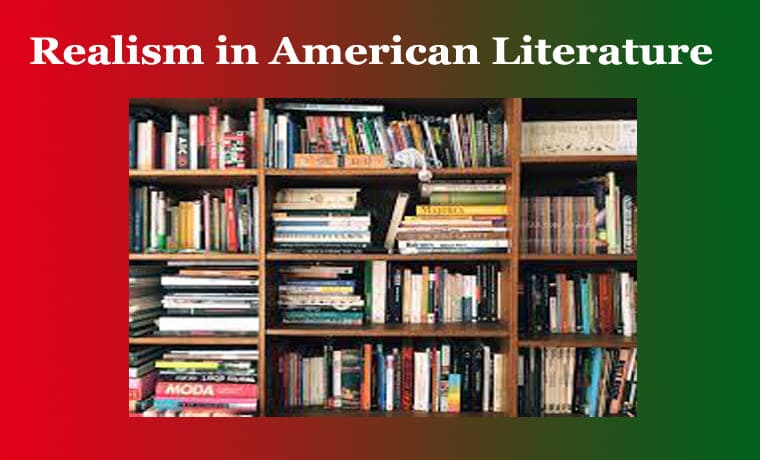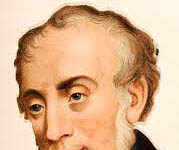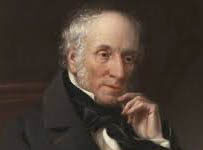Realism in American Literature
Realism in American Literature
Introduction to Realism in American Literature:
Realism in American literature, a prominent literary movement of the late 19th century, sought to depict life as it was truly lived. Emerging as a reaction against Romantic idealism, realism aimed to capture the complexities of the everyday human experience, portraying characters, settings, and situations in a more truthful and unembellished manner.
Characteristics of Realism: A Shift from Romantic Idealism
Realism rejected the romanticized and exaggerated portrayals of life seen in earlier literary movements. Instead, it focused on the ordinary, the mundane, and the often harsh realities of everyday existence.
Mark Twain’s “The Adventures of Tom Sawyer” is a prime example, presenting the adventures of a young boy in a realistic and detailed way, reflecting the challenges and joys of growing up in the American Midwest.
Regionalism in Realism: Capturing Local Color
Realist writers often embraced regionalism, emphasizing the unique characteristics and dialects of specific geographic areas. This allowed for a more authentic representation of diverse American cultures.
Sarah Orne Jewett’s “The Country of the Pointed Firs” is a regionalist work set in a coastal Maine village, providing a nuanced portrayal of the community’s customs and values.
Social Critique: Realism as a Mirror to Society
Realist literature served as a mirror to society, critiquing social norms, class structures, and economic disparities. Writers sought to expose societal issues and prompt readers to confront the realities of their time.
Harriet Beecher Stowe’s “Uncle Tom’s Cabin” is a socially charged novel that played a crucial role in the abolitionist movement, vividly portraying the harsh conditions of slavery and advocating for social change.
Psychological Realism: Exploring the Human Mind
Realist writers delved into the complexities of the human psyche, exploring characters’ inner thoughts, motivations, and emotional struggles. This psychological depth added a layer of realism to their works.
Henry James’ “The Portrait of a Lady” is a psychological realist novel, examining the internal conflicts and desires of its characters, particularly the protagonist, Isabel Archer.
Naturalism: Determinism and Environmental Influence
Realism often evolved into naturalism, a related literary movement that emphasized the impact of environment, heredity, and societal forces on human behavior. Naturalist writers depicted characters as products of their circumstances.
Stephen Crane’s “Maggie: A Girl of the Streets” is a naturalist novella that explores the grim realities of urban life, depicting the deterministic influence of poverty and social conditions on the characters’ lives.
Post-Civil War Realism: A Changing Landscape
The post-Civil War era saw a shift in realist literature as writers grappled with the aftermath of the war, industrialization, and changing societal dynamics. Realism continued to evolve to address new challenges.
Henry James’ “The Bostonians” reflects the changing roles of women in society during the late 19th century, providing a nuanced exploration of feminism and social reform.
Conclusion:
In conclusion, realism in American literature provided a stark departure from idealized narratives, presenting a raw and unfiltered reflection of the diverse experiences within the nation. Through its various forms, realism became a powerful lens through which writers could explore and critique the complexities of American life. 0 0 0. Realism in American Literature.
You May Like:











